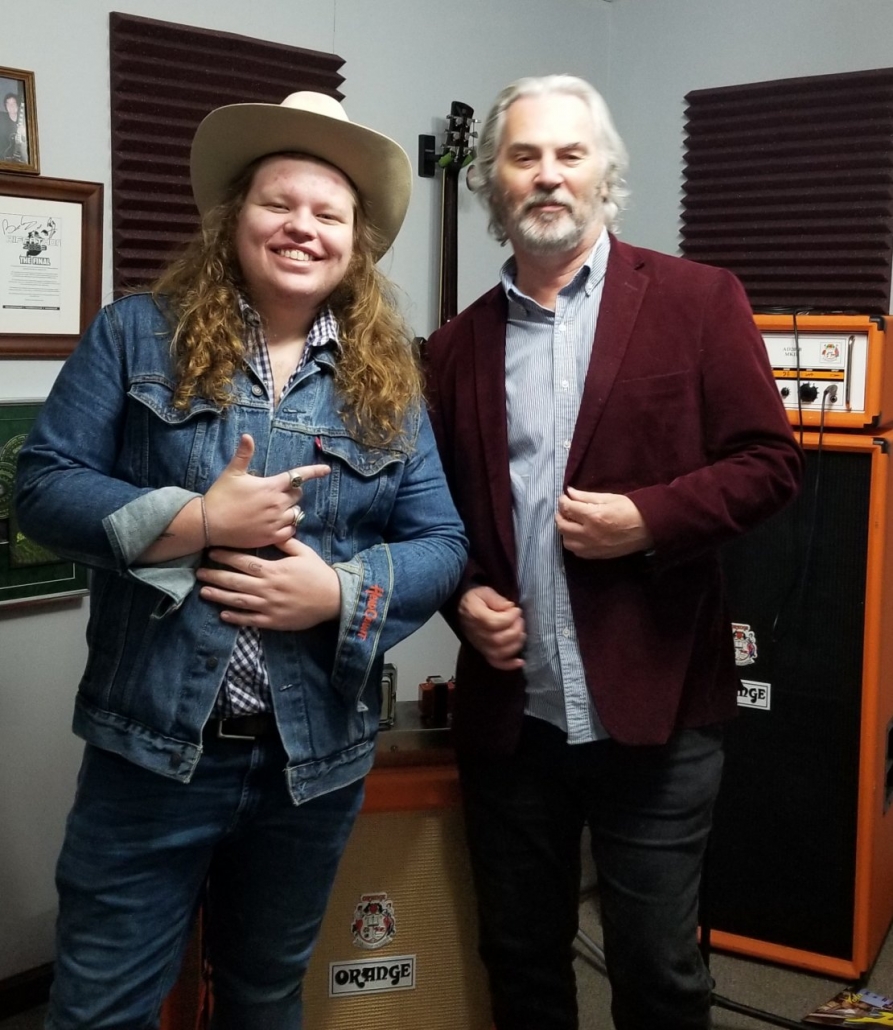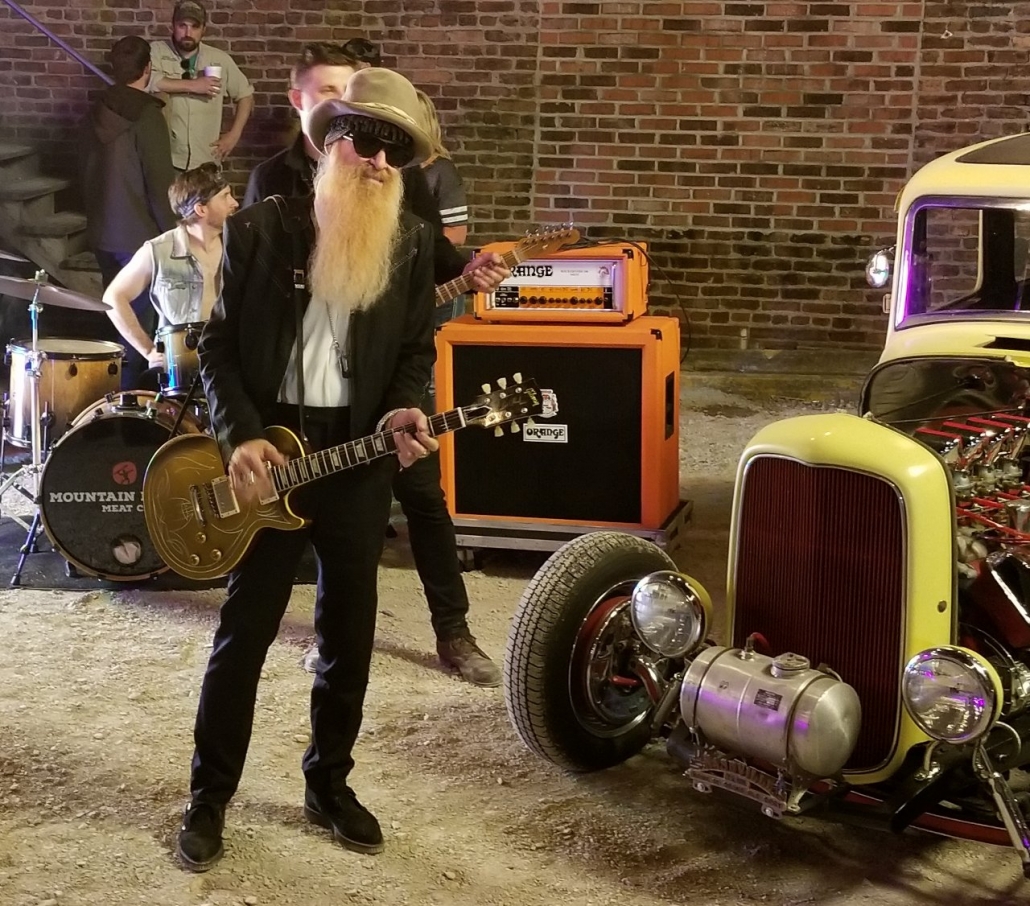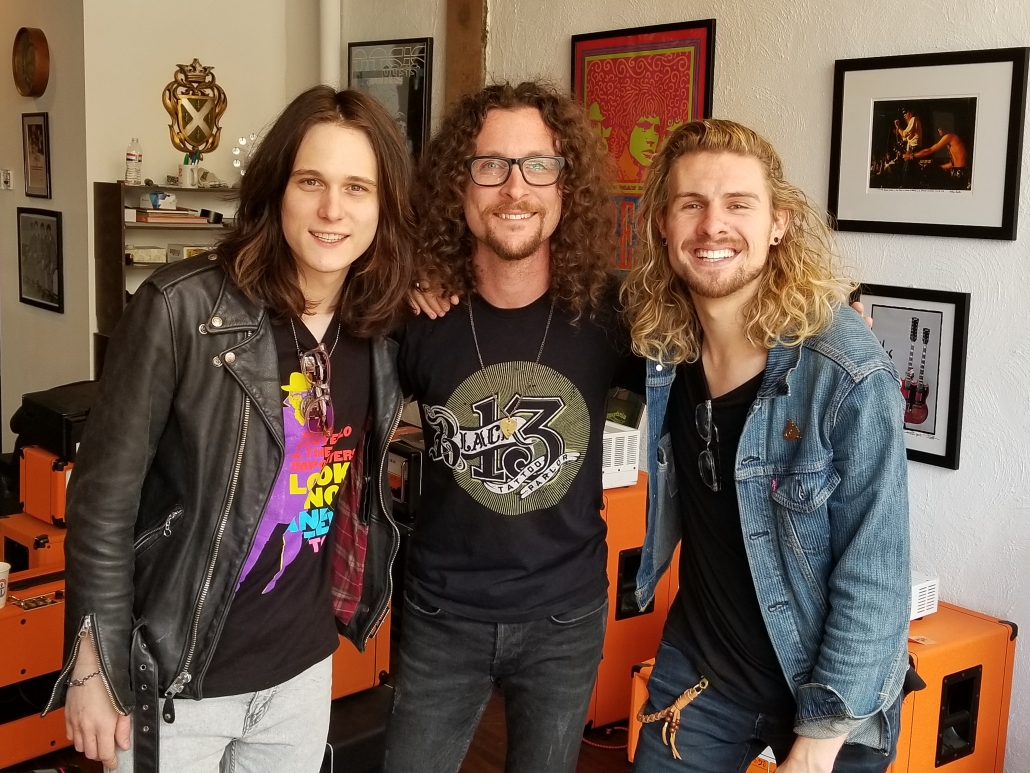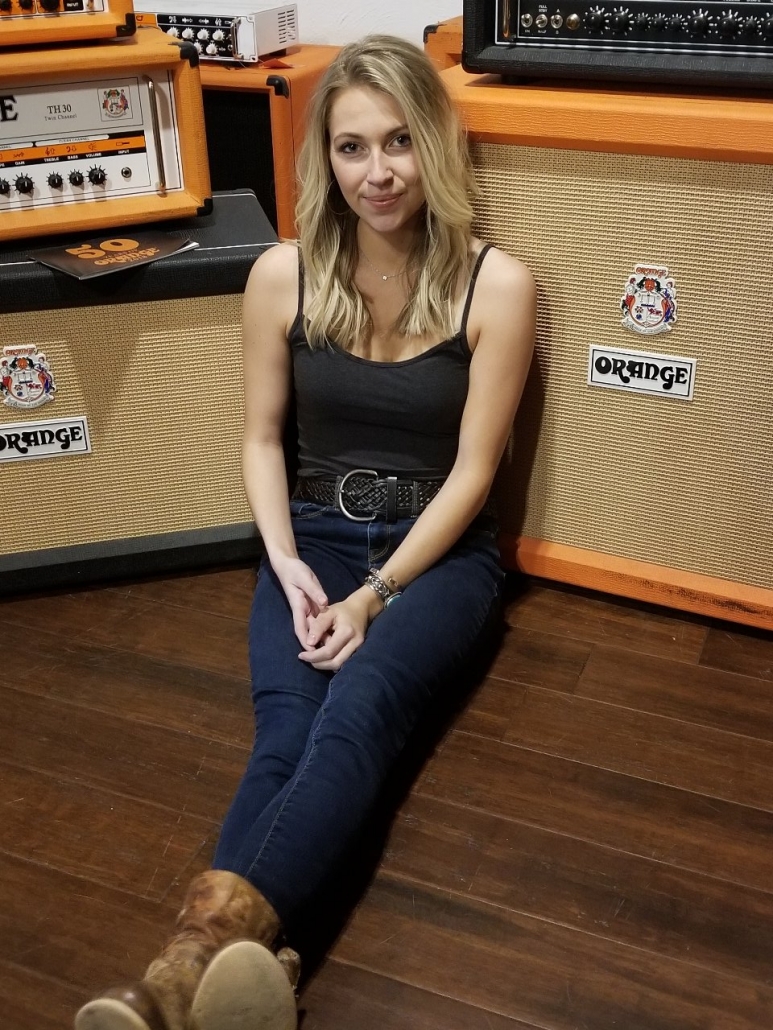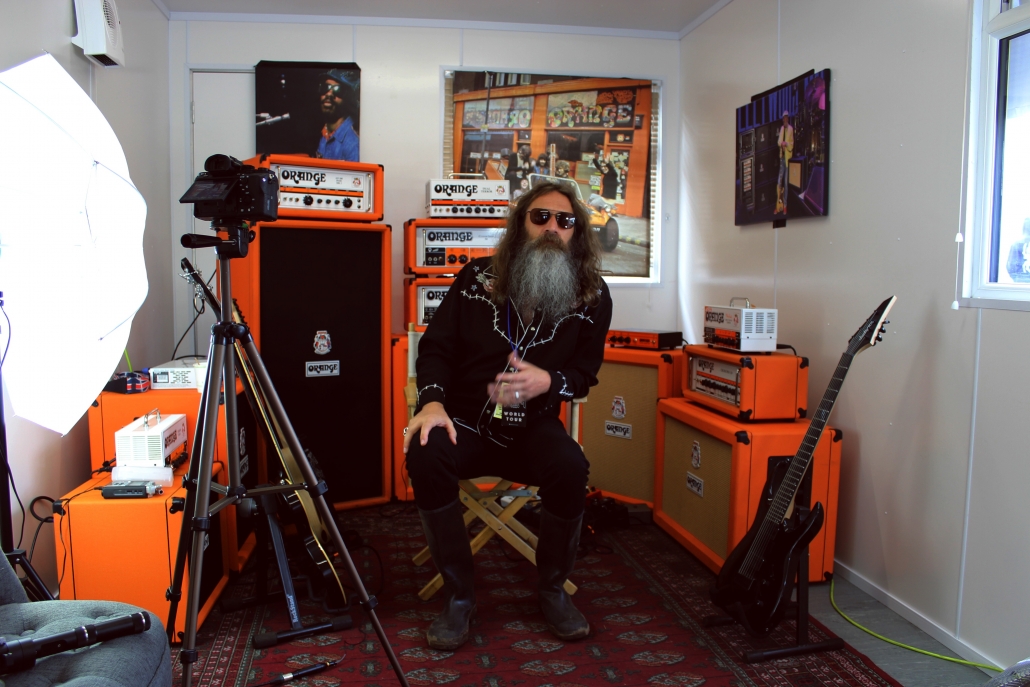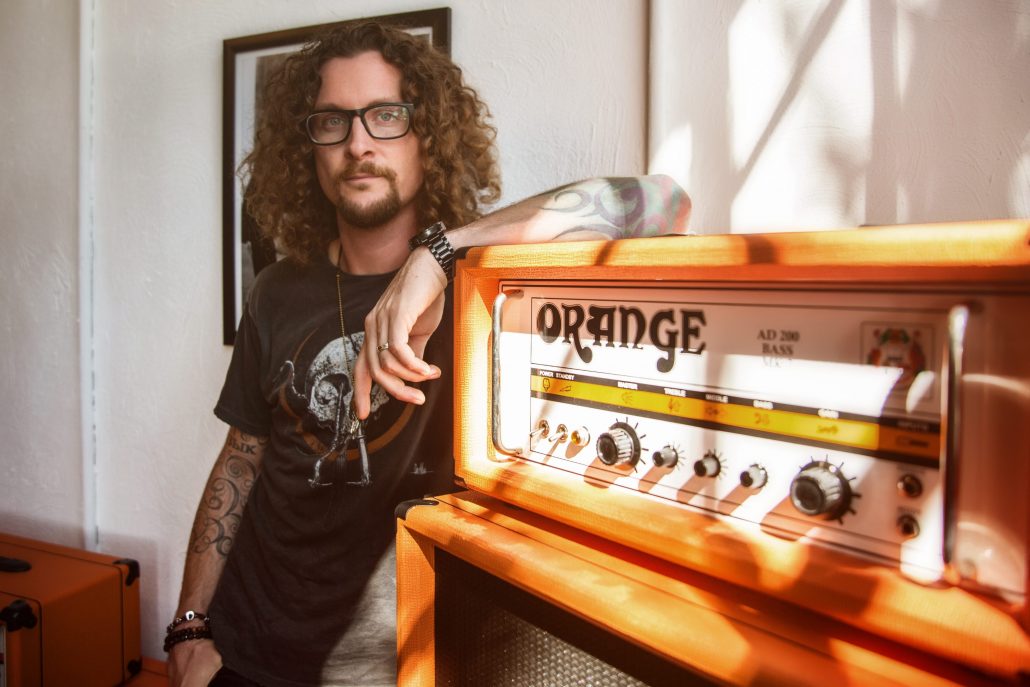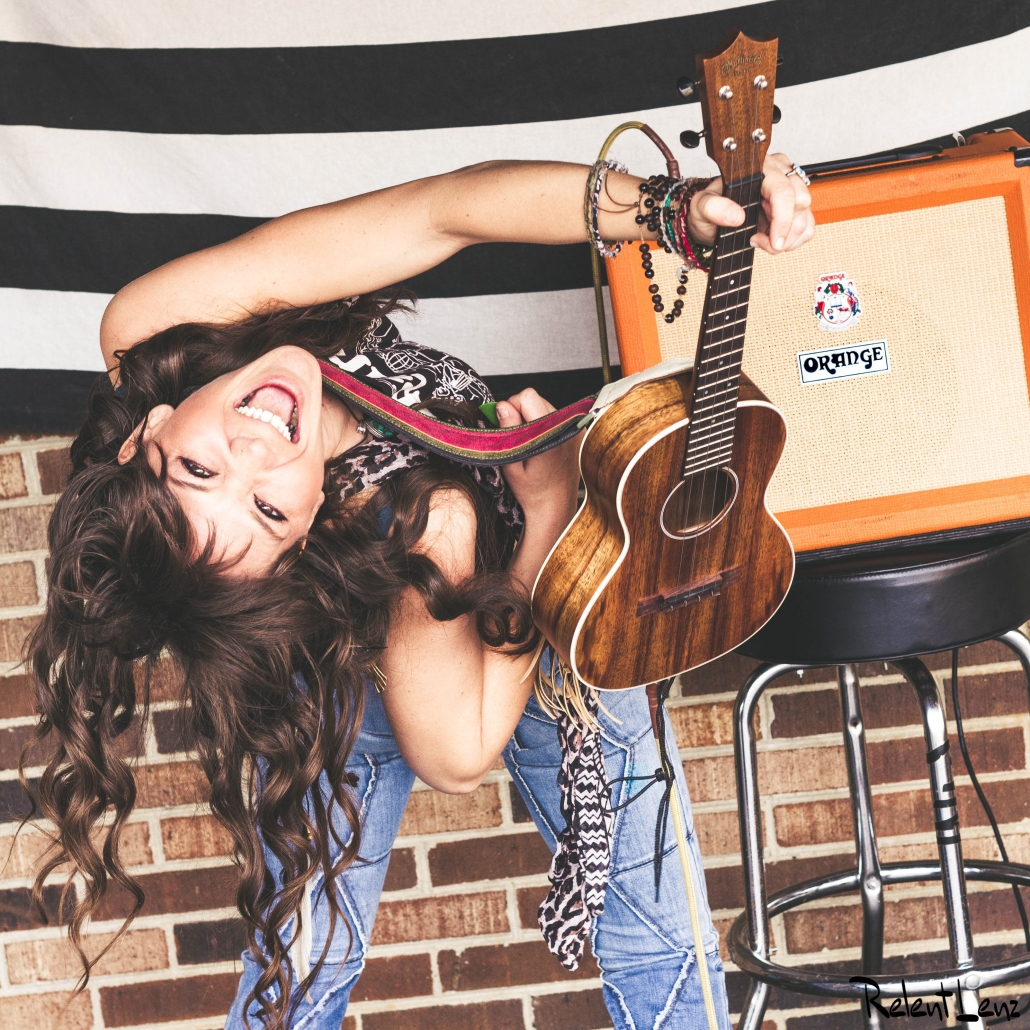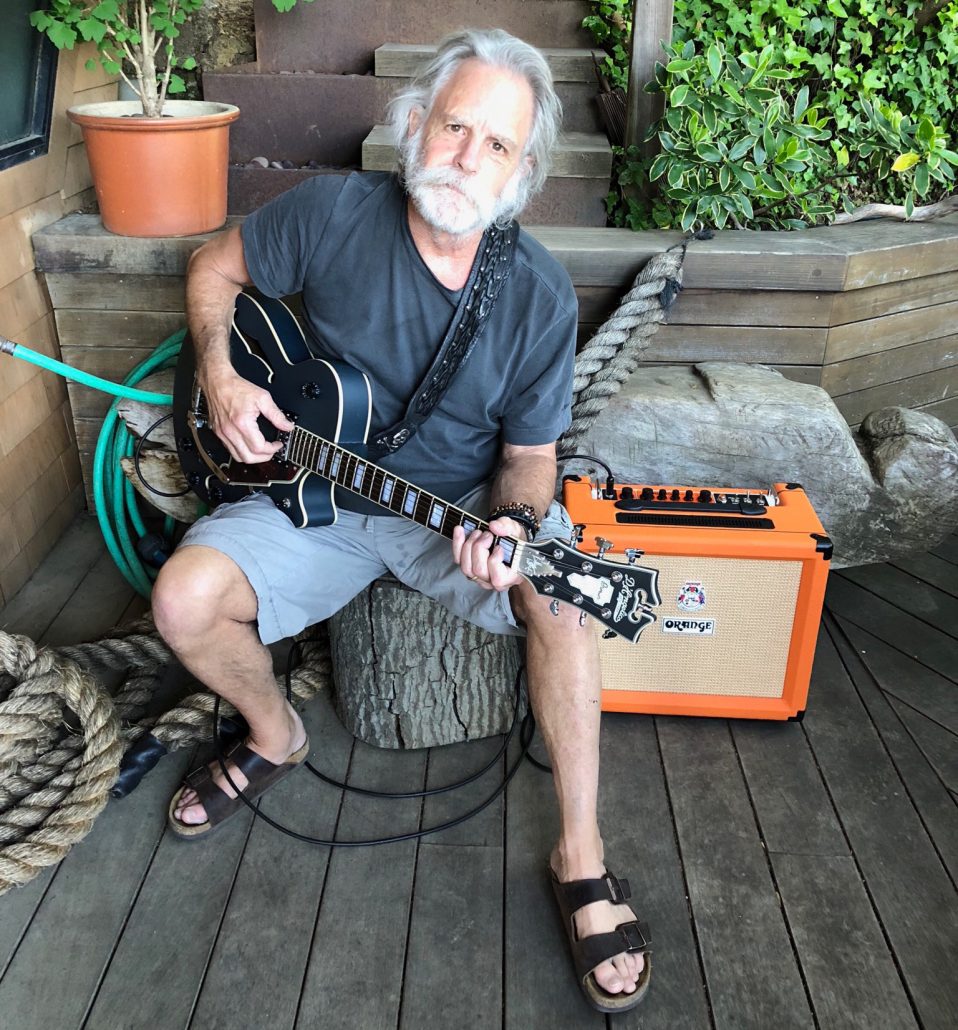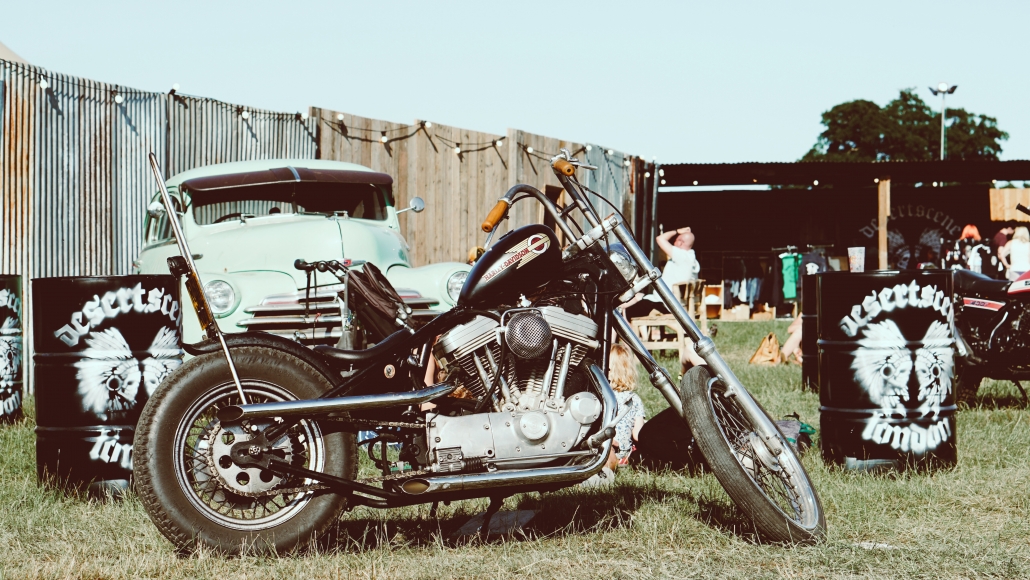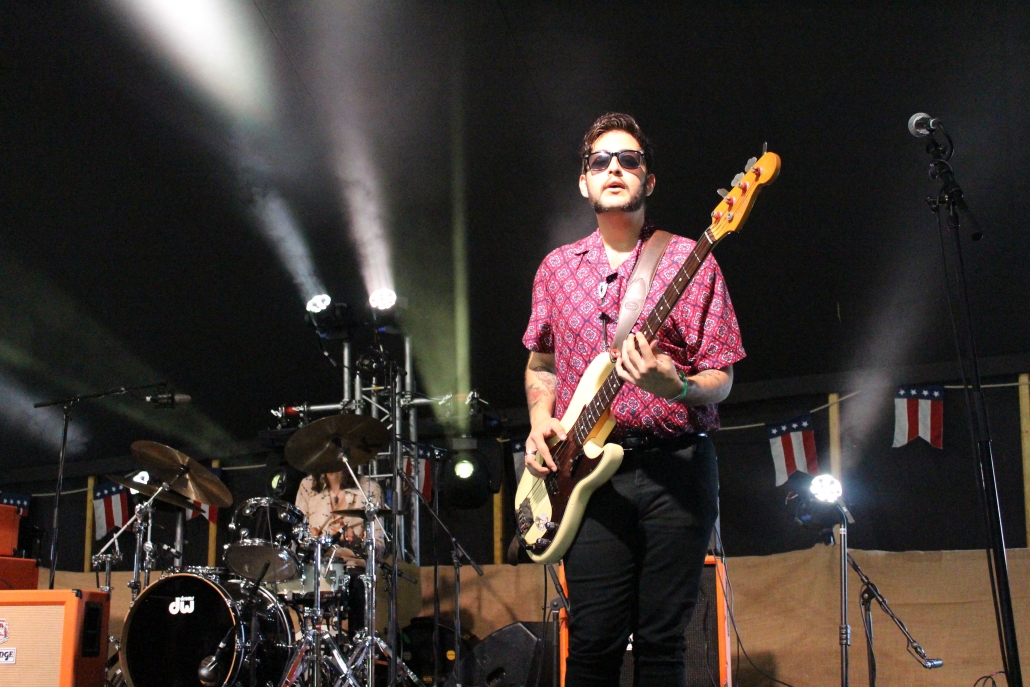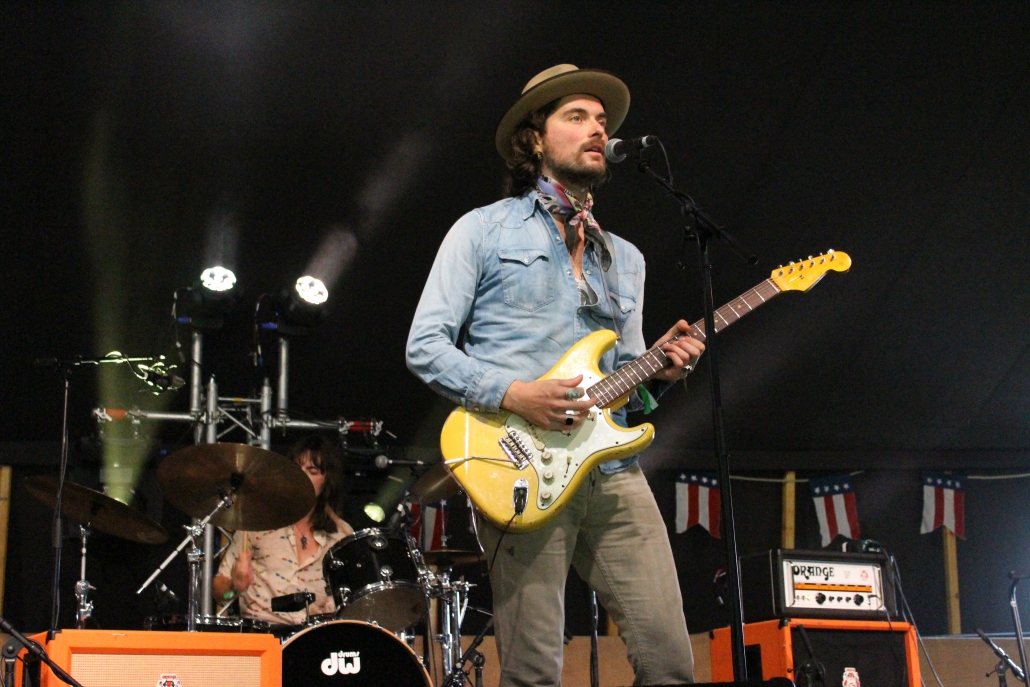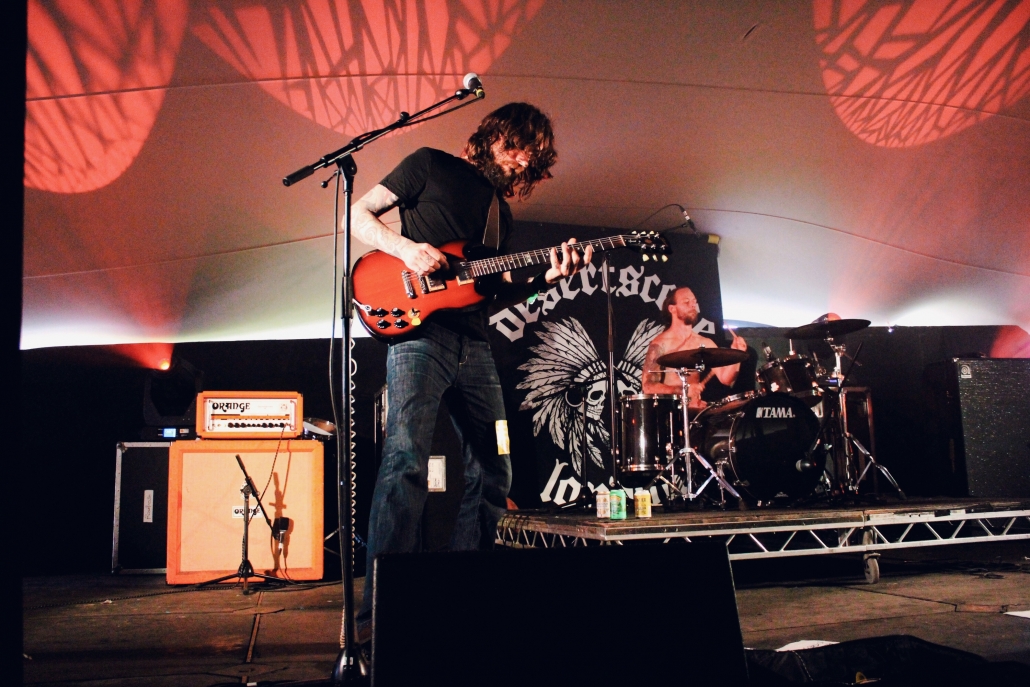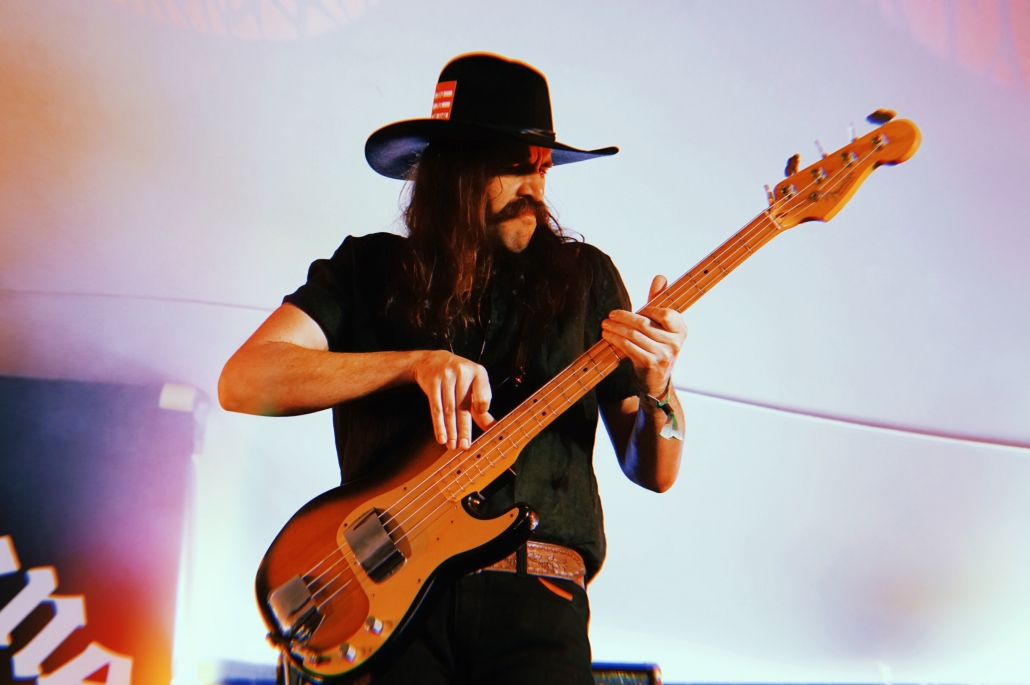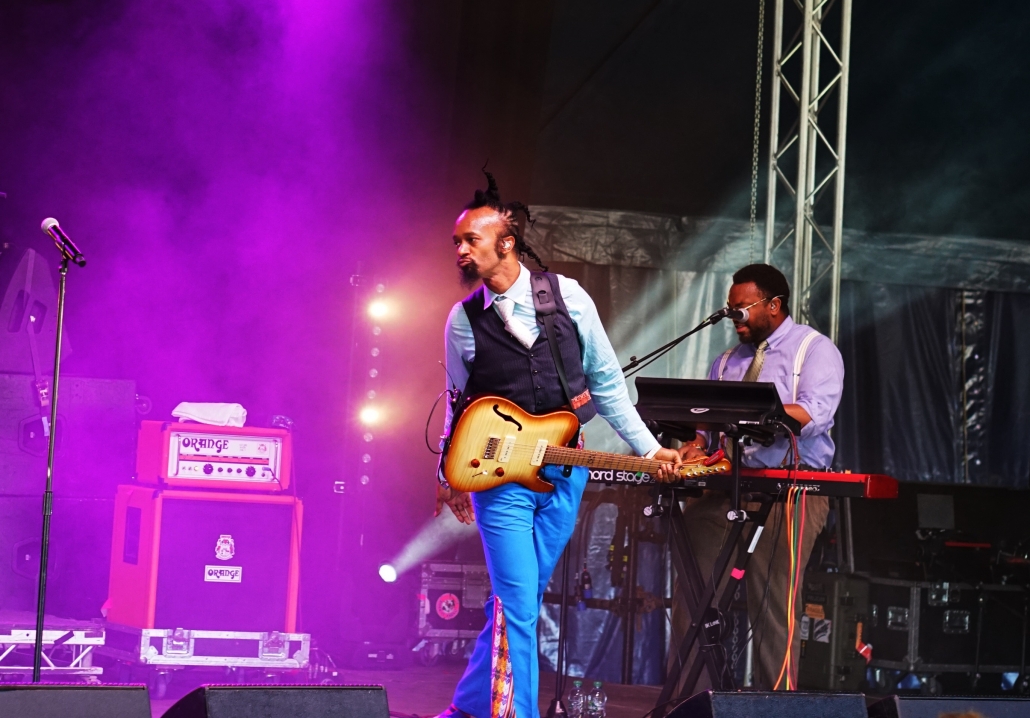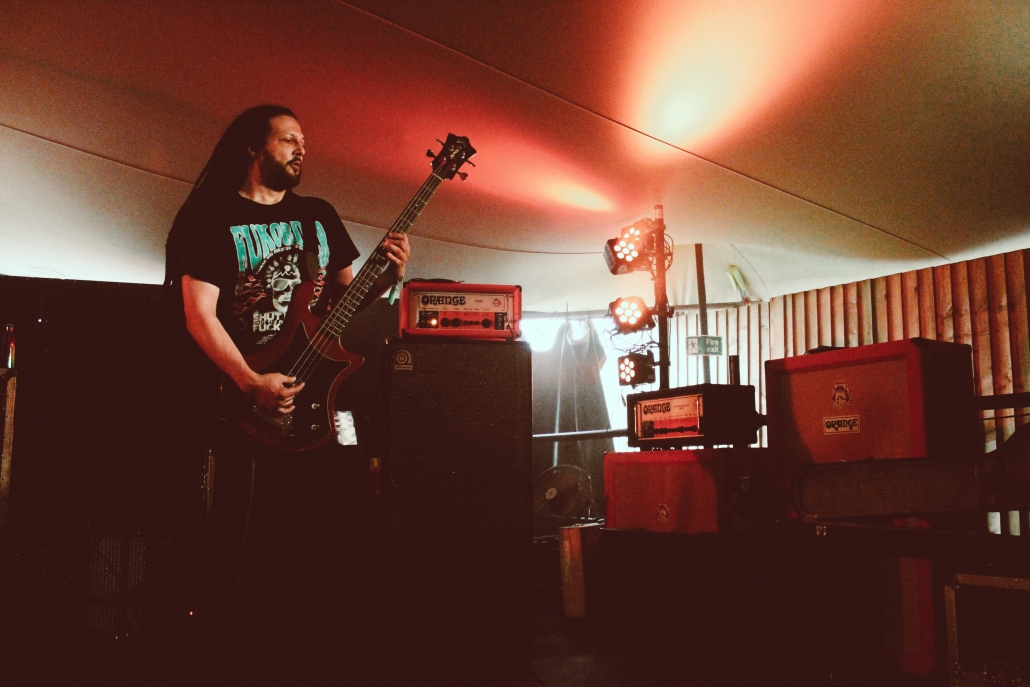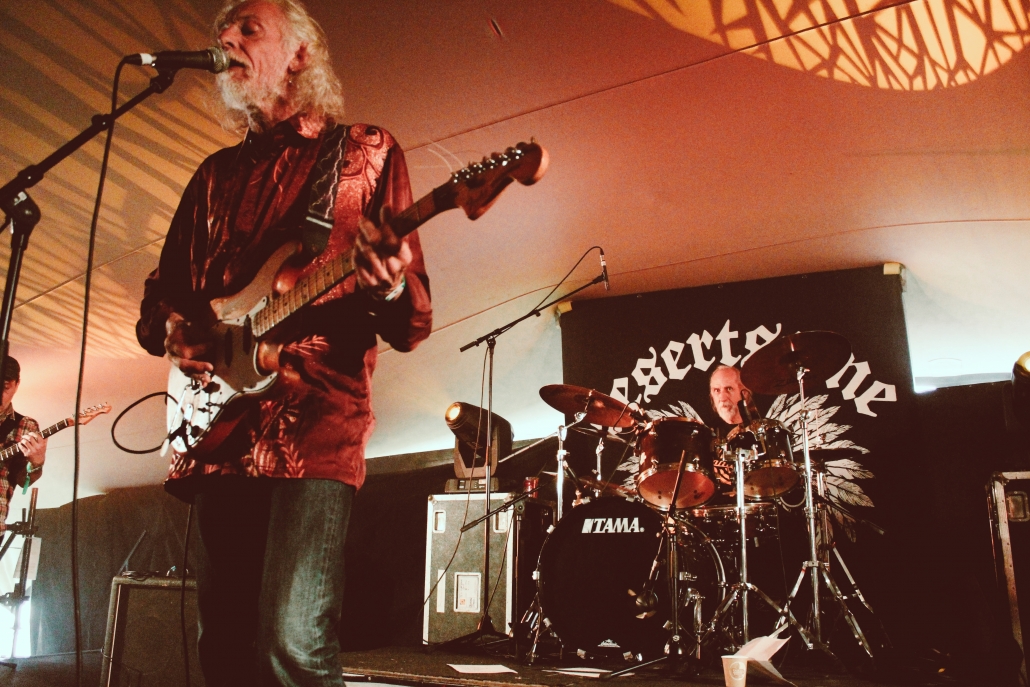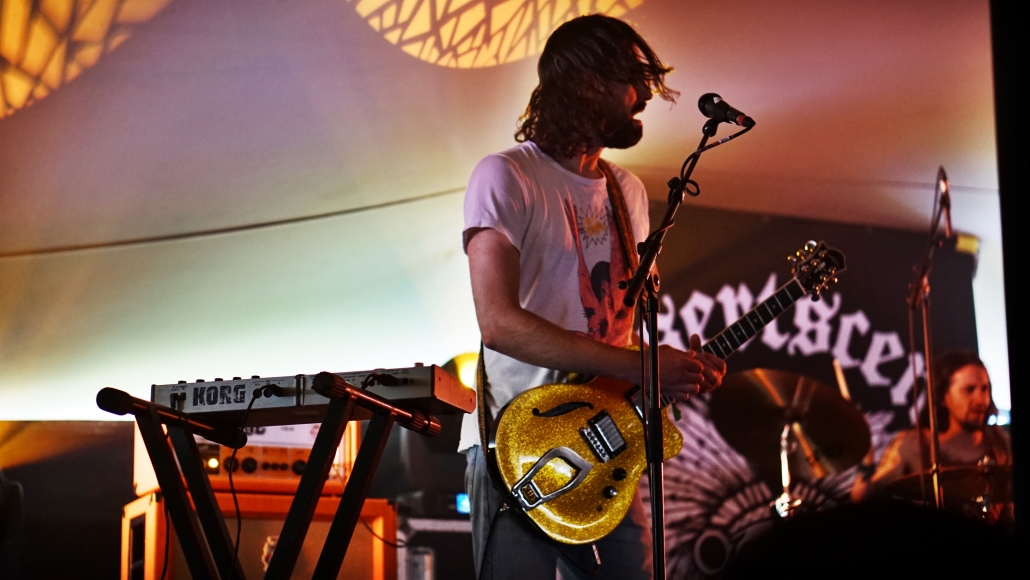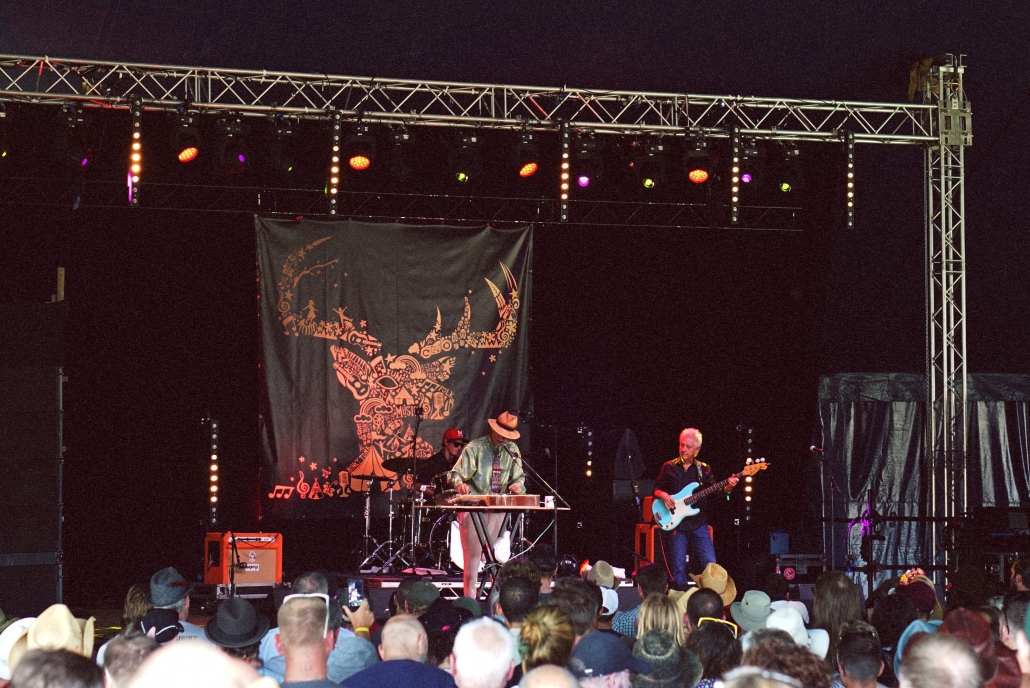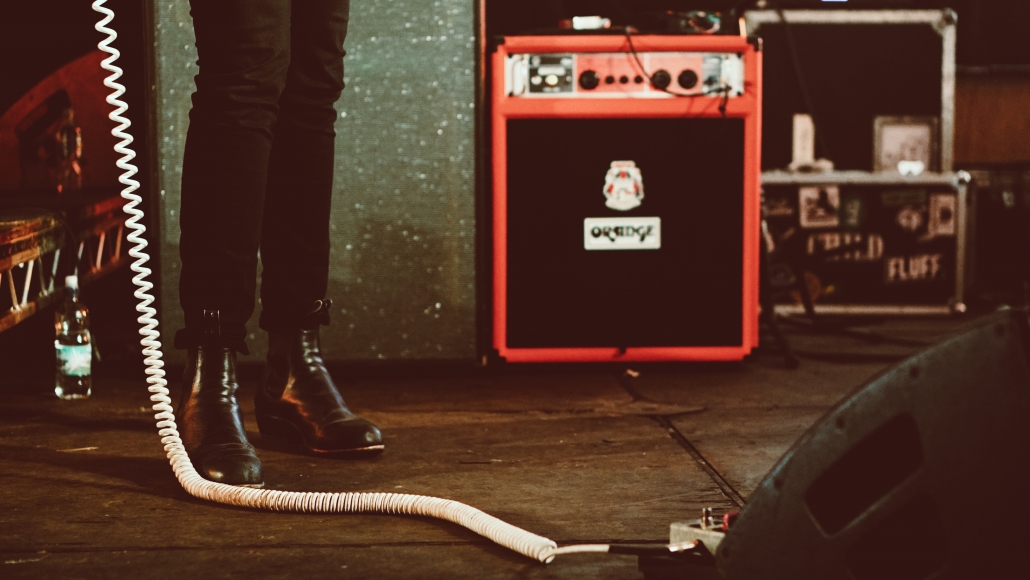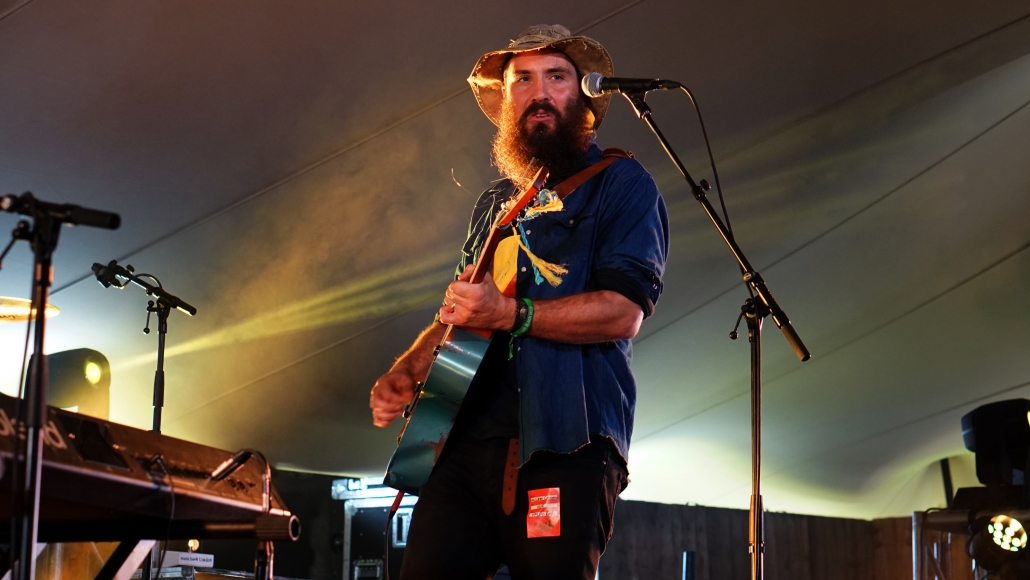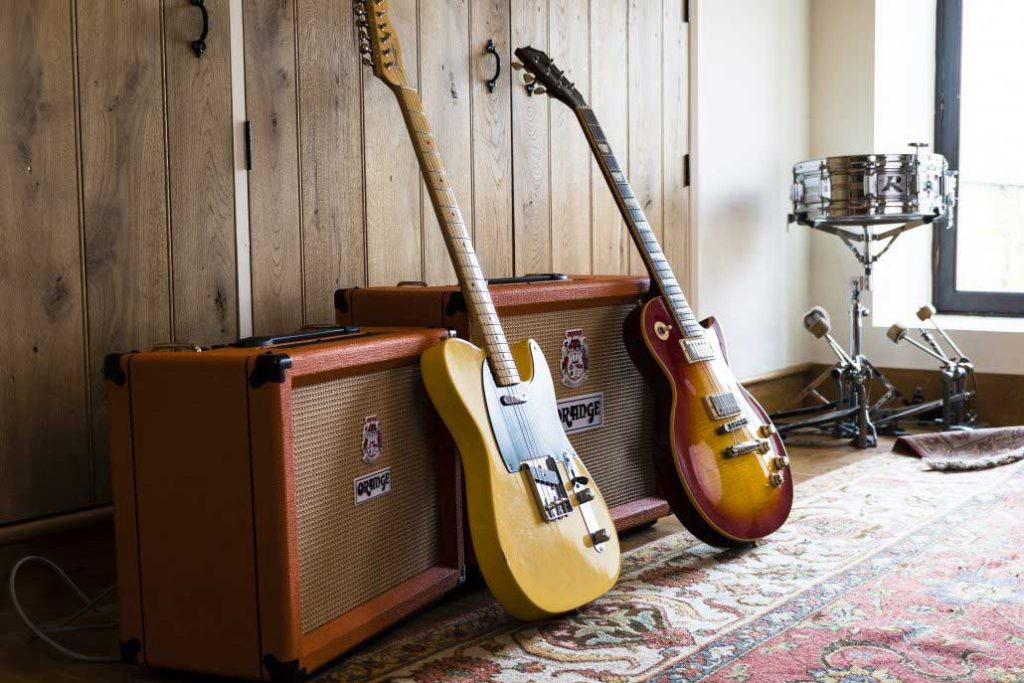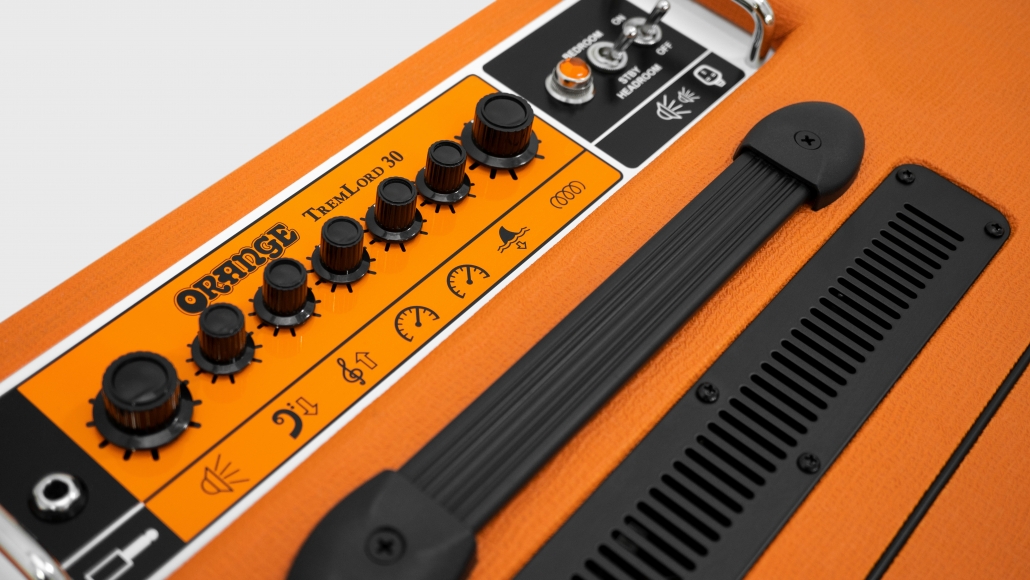Of all the genres of music, country is exceptional.
Formed by a continent of migrants, country music is a concoction of hardships and woes interlaced with the music and culture from across the globe. Its predecessor, Roots, spawned a vast array of musical styles that have since split and reconnected many times over.
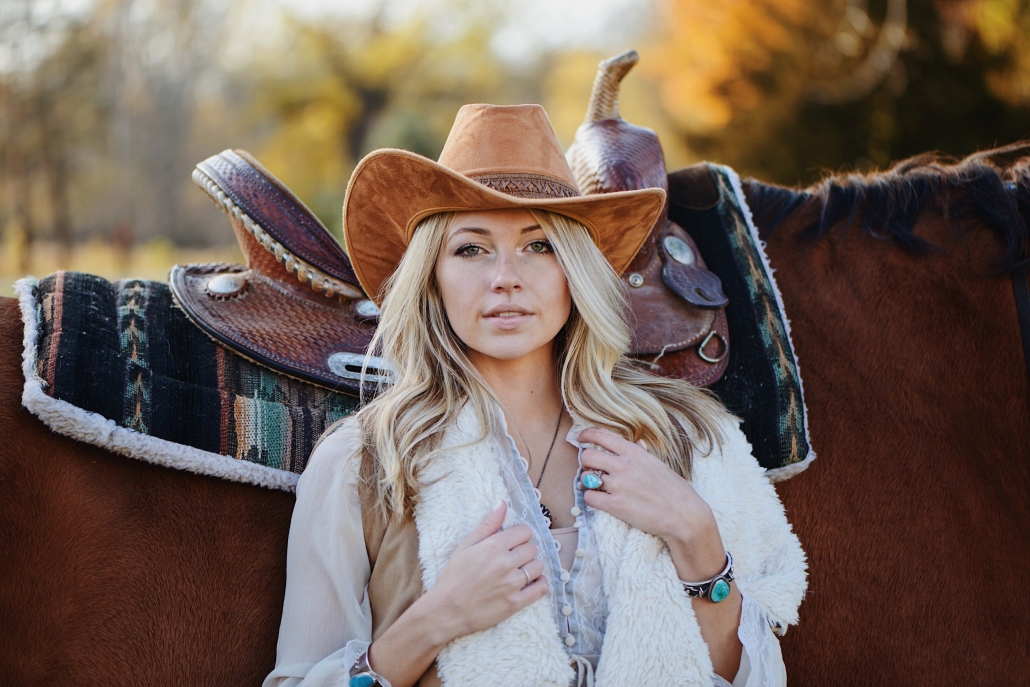
It’s music built on experimentation and where one in a million chance happenings seem to occur on a frequent basis. Swerving the direction into new unexplored areas, just as the pioneers had done way back when.
From Cash to Stretches
Although there were many country greats before Johnny Cash, the Rockabilly sound of the 50s, driven by amplified guitars, was a defining moment in the evolution of country music. Luther Perkins, ‘the original man behind the man in black’ paid a huge part in that with his signature ‘boom-chicka-boom’ sound which defined the genre.
It is said that Perkins’ style of playing came by chance when defective equipment left him little choice but to dampen his strings with his palm. Consider the classic locomotive stomp from the hit song ‘Fulsom Prison Blues’. To pull that off requires skill and equipment capable of bringing out those tonal nuances.
A Modern Twist on an Old Faithful
The Orange TremLord 30 was designed with careful consideration to players needs, offering a compact 30-watt all-valve combo that replicates the golden age of Country tone. It’s a sweet sounding amp with an Orange twist, featuring those classic EL84 tubes that add a little British character to the mids.
What makes this amp unique is the custom made Lavoce 1×12” speaker providing a smoother top end along with more headroom before the amp starts breaking up. It’s the perfect match for players looking for responsiveness; faithfully replicating the subtlety and spacious voicing of that golden age.
Eloquent clean tones can be ceremoniously battered by a crashy, splashy beast of a tube driven two-spring reverb tank that oozes with vintage class. If you want to add in delays or compression for a truly authentic sound, the low impedance 12AT7 tube driven FX loop gives you flexibility without sacrificing on tone. Even at lower volumes, Tremlord 30 is designed to be switched all the way to 1-Watt, ideal for even the most intimate spaces.
The Bakersfield Sound
Speaking of intimate spaces, it was Mearle Haggard experience of watching Jonny Cash perform at San Quentin State Prison in 1959 that lead him to pursue his calling in country music. As far as country players go, Haggard is what Joe Strummer was to Punk Rock; he provided a stark contrast to heavily producer controlled music that choked the mainstream airwaves.
The music was called the Bakersfield sound and its reverberations have cut deep into the music of America, influencing the artists like the Grateful Dead, Credence Clearwater Revival and The Flying Burrito Brothers. These artists, in turn, influenced the Southern Rock movement, and at its peak in the 70s, guitarists began to turn to the grunt of an all-tube British amplifier.
Our flagship Orange AD30 is an ideal midpoint between the classic country tone and that synonymous British sound that harks back to the heyday of the all-valve amplifier. Its balanced and natural compression is the perfect all-rounder amp for country picking. If you need more heat, the second channel gives you more attack while still emphasising the bottom end for a full-bodied tone.
A Divided Country
On one side of the ravine, a glassy formation looms ominously; its meteoric rise is a paragon of success and excess. Below, overshadowed by the enormity of its neighbour, a gritty cliff edge juts out over the ravine.
And there’s no way better to explain it, mainstream traditional and pop country guitarists usually opt for the open and glassy chimes of an amplifier with those iconic American 6V6 tubes. It’s a path well trodden.
Artists like Tim Montana and The Shrednecks aren’t just pushing the envelope of sound, they’re pioneering a new wave of southern rock that’s like a sonic punch in the face. The bastard love child of ZZ Top where smashing out riffs like Thor’s hammer on the Rockies is just another day in the trailer park. Their weapon of choice is the Rockerverb MKiii.
This boozed-up, steroid-fuelled monster is no roadhouse frequenter. It’s built for a hardcore workout on the road with a feast of total delights that range from chimey cleans and iconic gain tones of a classic British crunch right through to a fistfight with Satan himself.
But others choose to expand the frontiers.
Looking Back to Go Forward
Not so long ago the general public could distinguish the difference between that classic American tone and the British sound. While they are fundamentally different, the lines have become blurred. That’s when the magic happens.
Take modern country artist Claudia Hoyser, her amp of choice is the Rocker 15. It’s an amp that is perfectly voiced to bring out the natural sound of the instrument, the perfect accompaniment for Hoyser’s sultry vocal styling. Sensitive to the touch of dynamics and oozing with valve warmth the Rocker 15 begs one question.
How long before others walk the line?

